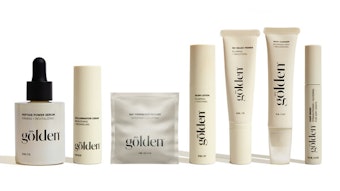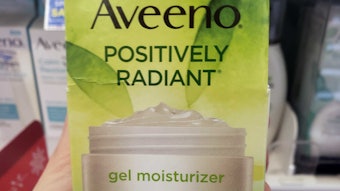Henry David Thoreau wrote, “If the day and night are such that you greet them with joy and life emits a fragrance like flowers and sweet-scented herbs—that is your success. All nature is your congratulation.” Generations ago, Thoreau had written these thoughts about the importance of floral fragrances and sweet-scented herbs. This concept maintains its importance in today’s dot-com world. In fact, it has become more meaningful as human beings become more dependent on machines and lose touch with their appreciation of nature. Consequently, cosmetics incorporating fragrances act as a boon for mankind. In one respect, fragrance is highly important in the development of products, from chewing gum and cosmetic applications to preventive care.
On the other hand, fragrance also could be considered a nonfunctional ingredient that is more expensive per pound than other ingredients, as well as being replaceable without affecting the performance of the product. It therefore could be considered efficient manufacturing to cut fragrance costs to the minimum as long as the formula is compatible with reasonable consumer acceptance.
Needless to say, the two viewpoints—fragrance as an ornament versus fragrance as a communication channel—often lead to different fragrance selections.
Today, antiperspirants and deodorants represent one of the largest personal care product categories. More than 90% of the US population currently uses such products daily, and a similar trend will follow in other regions. In antiperspirants and deodorants, active ingredients or product formulations can alter the perfume oils or individual odorants in the aqueous alcoholic solutions. For this reason, it is important to conduct comprehensive stability tests with products before their large-scale manufacture and distribution.










